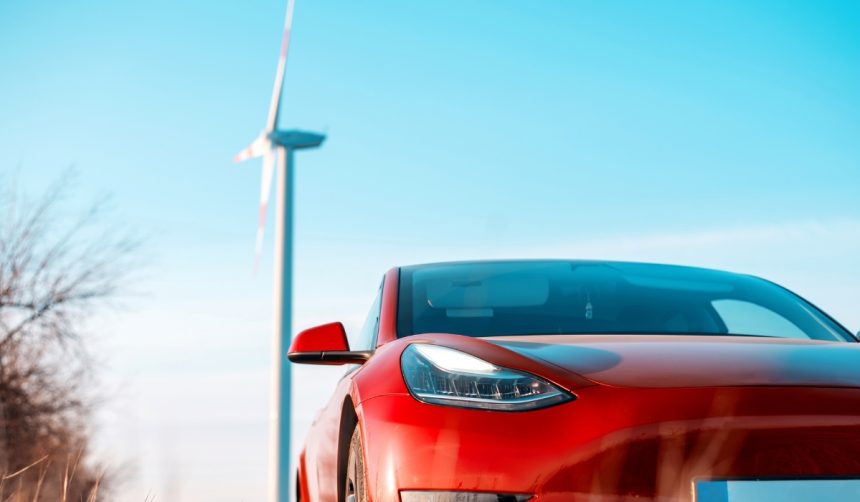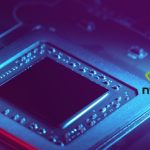Demand for electric vehicles and innovative energy projects reached new levels with Tesla’s latest quarterly update, as the company reported strong performances across multiple business lines. Tesla’s focus on developing AI-driven autonomy and ambitious global expansion is reshaping how consumers view electric vehicles and sustainable technology. Investors and analysts have noted that Tesla’s rapid production, varied product releases, and software advancements have solidified its standing as a key player in both the automotive and energy sectors.
Tesla’s third-quarter report builds on a continuation of upward sales and innovation, but distinguishes itself from previous updates by the scale and variety of its achievements. While earlier quarters highlighted primarily vehicle and battery growth, the introduction of products like the AI-powered Grok assistant and the expanded Robotaxi operations bring a broader scope. Regulatory progress in regions such as Europe and successful market entry in countries like India further illustrate Tesla’s pace compared to prior global rollouts. Such moves signal an ongoing expansion strategy, surpassing earlier milestones in both volume and complexity.
What new vehicles and products did Tesla introduce?
Tesla introduced several new vehicle variants in North America during the quarter, with both the Model 3 and Model Y Standard models now exceeding 300 miles of range and offered at starting prices below $40,000. The Model Y Performance saw its debut, emphasizing performance features. In the Asia-Pacific region, the new Model YL in China—a larger, six-seat version—catered to market-specific needs, while the company began Model Y deliveries in India and set delivery records in several other Asian countries. Europe experienced milestones too, such as the production of the 100,000th Model Y at Giga Berlin and the growth of the Model Y’s market share in countries like the Netherlands and Denmark.
How did Tesla advance AI and its service ecosystem?
Version 14 of FSD Supervised was introduced, integrating components from the company’s Robotaxi development and aiming to enhance real-world autonomous driving responses. Tesla confirmed that regulatory approval processes are moving forward for its FSD Supervised software in Europe and has also begun pilot ride-hailing operations using Robotaxi vehicles in the US. Additional software features, including the Grok vehicle companion and Low Power Mode, were rolled out to passengers, while convenience-based updates, such as food ordering through the vehicle at the Los Angeles Tesla Diner, reflect a broader push to increase in-car utility. The company stated,
“Every Tesla delivered today is designed for autonomy and every Tesla energy storage product is capable of being enhanced,”
underlining the interoperability between hardware and software developments.
What progress did Tesla make in energy and charging solutions?
The energy segment logged historic storage deployment records, alongside the introduction of the Megablock—a new industrial storage platform scheduled for production in Houston. The Supercharger network expanded by 18% year-over-year, with over 3,500 new charging stalls added and the roll-out of V4 cabinets capable of faster charging rates, accommodating both passenger vehicles and Tesla Semi trucks. The company’s statement summarized these priorities:
“Alongside launching new and exciting products, our focus remains on scale.”
Collaborations such as the semiconductor manufacturing arrangement with Samsung will also support Tesla’s increasing AI computing needs.
Tesla’s Q3 achievements illustrate an ongoing push to diversify product offerings and move further into AI and energy solutions. By targeting market-specific product launches in multiple continents and committing resources to both vehicle and virtual power plant technologies, Tesla seeks to position itself beyond a traditional automaker. Energy innovation is reflected in the expansion of storage solutions and enhanced charging infrastructure, while ongoing regulatory engagement in Europe and market entries in Asia demonstrate adaptability to varied local requirements. For consumers, the addition of features like Grok and integrated ordering signals an intention to incorporate daily utility into vehicle experiences.
For those monitoring the rapid growth of electric vehicle industries and renewable energy, Tesla’s Q3 update signals several trends: the necessity of flexible platform development, the benefits of close integration between hardware and smart software, and the growing importance of energy storage alongside transportation. Investors tracking Tesla’s progress may find the continued scaling of both its vehicle and energy solutions notable, while market entrants can observe that regional customization remains crucial for successful international expansion. Product developments such as the Model YL and new AI features underscore how user expectations in the EV market are changing, as efficiency, convenience, and new in-car experiences become deciding factors.
- Tesla reached record deliveries and launched several new vehicle models.
- AI-based features and energy storage solutions gained notable expansion and upgrades.
- Regional performance improvements bolstered Tesla’s position across global markets.










